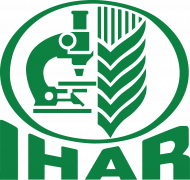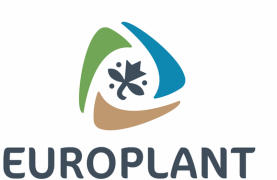Effect of graded doses of nitrogen (0, 75, 150, 225, and 300 kg ha−1) was studied on the tuber yield and economics of potato variety Kufri Surya at AICRP on Potato, Odisha University of Agriculture & Technology, Bhubaneswar, Odisha, India, during the winter season for 5 years from 2013–2014 to 2017–2018. The experimental site had sandy-loam soil with pH 5.2 and EC (dS m−1) 0.297. The experiment was laid out in a randomized block design with four replications. The crop was planted during November and harvested in January/February after 75 days of planting. The dose of P2O5 and K2O was uniform for all the treatments. Cumulative growing degree days (GDD) were determined by summing the daily mean temperature above base temperature, expressed in degree days. Among different N treatments, 225 kg N ha−1 exhibited the highest mean tuber yield of 21.21 t ha−1 along with net returns (Rs.88, 350 ha−1) and B:C ratio (1.71). The dose of 225 kg N ha−1 was found to produce significantly higher tuber yield over the dose of 150 kg N ha−1 recommended for the state of Odisha. Application of 300 kg N ha−1 produced higher yield than 225 kg N ha−1 only in the initial 2 years but not thereafter. The mean yield with 300 kg N ha−1 was found to be significantly lower than 225 kg N ha−1. There was a gradual increase in tuber yield from 0 kg N ha−1 to 75 kg, 150 kg, and 225 kg ha−1. Our result clearly shows the need for increasing the recommended nitrogen dose from 150 to 225 kg ha−1 for the state of Odisha particularly in sandy-loam soils. It was observed that the combination of lower GDD (growing degree days) and lower bright sunshine hours (BSH) (397 h) led to lowest HTU (helio-thermal units) (3888.9), resulting in the highest tuber yield with maximum heat use efficiency (HUE) (371.3 g °C days−1 h−1) and helio-thermal use efficiency (HTUE) (6.0 g °C days−1).
Full publication URL















